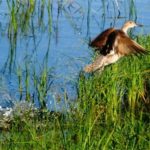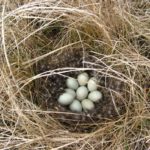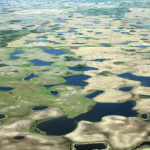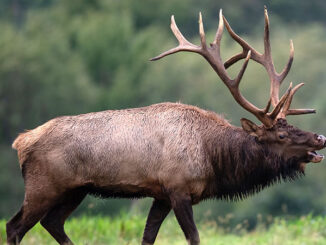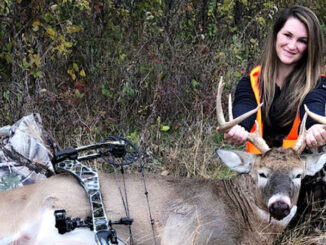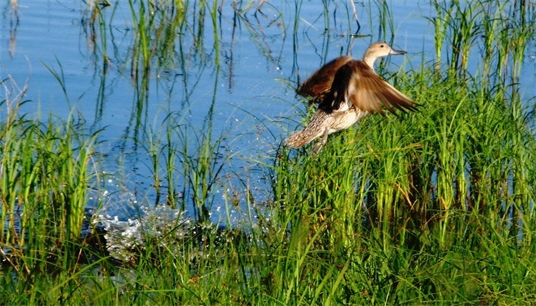
Water on most of Canada’s prairies wasn’t abundant a few short weeks ago. It is now. And while farmers and communities are dealing with the wet hand they have been dealt, ducks in some of the water-logged areas are likely going to benefit because of the moisture.
“We know from past studies that significant rain events that leave large amounts of water on the landscape will extend the nesting period for ducks,” says Dave Howerter, Ducks Unlimited Canada’s (DUC) national manager of the Institute for Wetland and Waterfowl Research. “In some past studies, lots of water has also resulted in higher duckling survival because when wetlands are abundant and full of water they provide critical food that growing ducklings need and they also provide the cover necessary for ducklings to escape predators.”
According to Howerter, the deluge of rain and the adaptability of waterfowl to respond positively reinforces DUC’s wetland conservation efforts.
“The key is having critical nesting habitat, such as grasslands and wetlands on the prairies, in place so that when rain and snow fill the wetlands, the birds can be successful,” he says. “Indeed with the pace of development, market fluctuations for crops, and advancements in agricultural technology, keeping habitat on the land is a monumental challenge for DUC.”
Historically, prairie Canada has attracted the majority of prairie-nesting ducks. Research has shown that when conditions are right, southern Canada remains capable of producing bumper crops of ducks. Ensuring that this productive capacity is maintained is a top priority.
“Breeding habitat is vital to North America’s ducks,” says Howerter. “There are good reasons that DU has identified the Prairie Pothole Region of both Canada and the U.S. and Canada’s Western Boreal Forest as our top priority areas on the continent. These are the areas where the continent’s ducks need suitable habitat and good nesting conditions the most. DU will not achieve our conservation vision of abundant waterfowl unless we are successful in these critical places.”
For more information on ongoing habitat work in the northern breeding grounds, visit the Ducks Unlimited Canada Web site.
